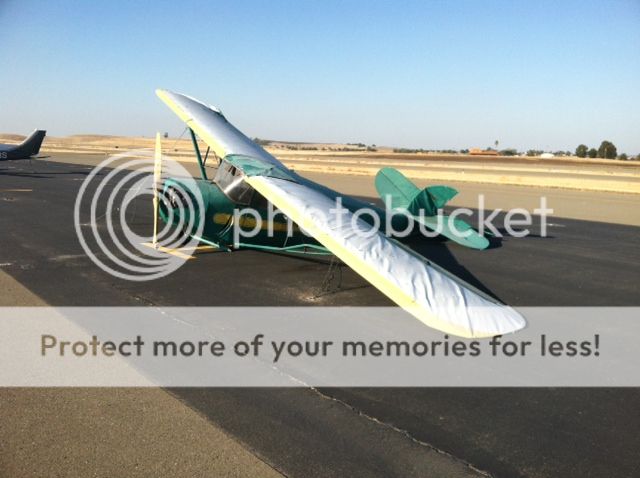I've seen days where the airplanes on the cable with chains at KBJC are all lifting the cable as they pull up on it. Flying on the wire, literally.
Gusts in excess of 100 MPH during certain times of the year are common at KBJC, too.
Never seen a carabiner used there. Just the link pushed through the tie- down ring, another link pushed through that one, and the S-hook being held tight to the link by the downward pressure of the cable.
If there's one mistake folks make with cable to chain systems it's that they don't pre-tension it by lifting it with their foot. Slide the chain so it's the shortest distance to your tie ring and then stick your foot under the cable and lift it. The chain will move about a foot shorter. Put the link through, put the other link through that one, release some pressure to hold it still and secure with s-hook. Release cable pressure and wiggle so S-hook is pulled up right against the link so it can't move.
I could see where a carabiner would be nice (can't bounce out) as the thing keeping the link from pulling through but wouldn't want the carabiner taking the weight. The links are usually much stronger, shear-wise.
The tie hook will tear up the airplane strut before the link-through-link thing breaks.



